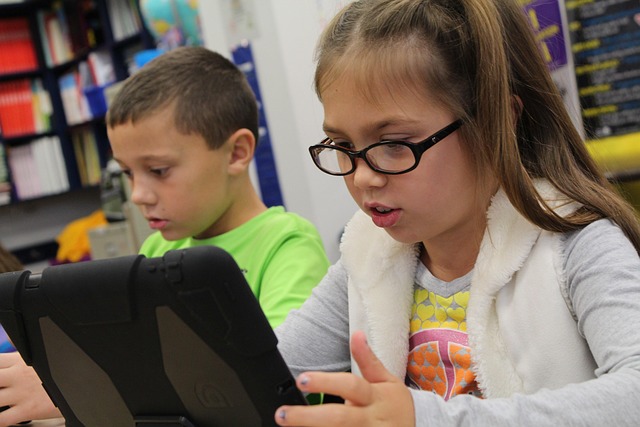
From the introduction of the “weblog” in the 1990’s, blogging has become a widely used tool for anyone to share their thoughts with the world (Parry & Hracs, 2020). Blogs can be used for a variety of purposes, including disseminating ideas, making announcements, reporting on topics of interest, giving advice, or sharing resources (American College of Education, 2025). One important point to remember, as with any technology tool, is that the act of blogging itself is not the innovative practice, it is how teachers use the tool that will drive student learning (Medero et al., 2022). Instead of just having students write a blog instead of writing an essay, teachers can incorporate co-practices such as reflection, collaboration, and open dialogue to enhance student learning.
Reflection
When students use blogging to reflect on their learning, it encourages them to gain a deeper understanding of the content (Medero et al., 2022). An example of this is to have students complete an experiment, and then write a blog entry explaining the results and how they compare to the hypothesis. In this case, the reflection is the extra step that allows the students to interpret the experiment results.
Collaboration
Blogs can be a great way to promote collaboration. Having students work together to produce a blog can give them more agency and motivation than just following prescribed steps from an instructor (Abdul Kadir & Tasir, 2020). For example, to review a unit in Social Studies, students could be put in teams and allowed to choose a concept to write about on a class review blog.
Dialogue
When students know their work will be read by others, it encourages them to produce higher quality content (Medero et al., 2022). One way to promote this is to have students peer review each others’ blog entries in a constructive way to help improve organization, grammar, and spelling.
Resources
Here are a few articles about blogging in the classroom to get you started:
- https://www.teachingchannel.com/k12-hub/blog/blogging-in-the-classroom/
- https://elearningindustry.com/how-to-use-blogs-in-the-classroom
References
Abdul Kadir, N. I., & Tasir, Z. (2020). Students’ perceptions and information-sharing patterns in learning authoring system course through blogging. International Journal of Emerging Technologies in Learning, 15(19), 187–199. https://doi.org/10.3991/ijet.v15i19.10950
American College of Education. (2025). DL5763 – Trends in instructional design: Module 1 [Part 3 presentation]. Canvas. https://ace.instructure.com/courses/2014887/modules/items/42354119
Medero, G. S., Albaladejo, G. P., Medina, P. M., & Solana, M. J. G. (2022). Blogging as an instrument for co-creation and collaborative learning in university education. Contemporary Educational Technology, 14(4), 393.
Parry, J., & Hracs, B. J. (2020). From leisure to labour: towards a typology of the motivations, structures and experiences of work‐related blogging. New Technology, Work & Employment, 35(3), 314–335. https://doi.org/10.1111/ntwe.12179
